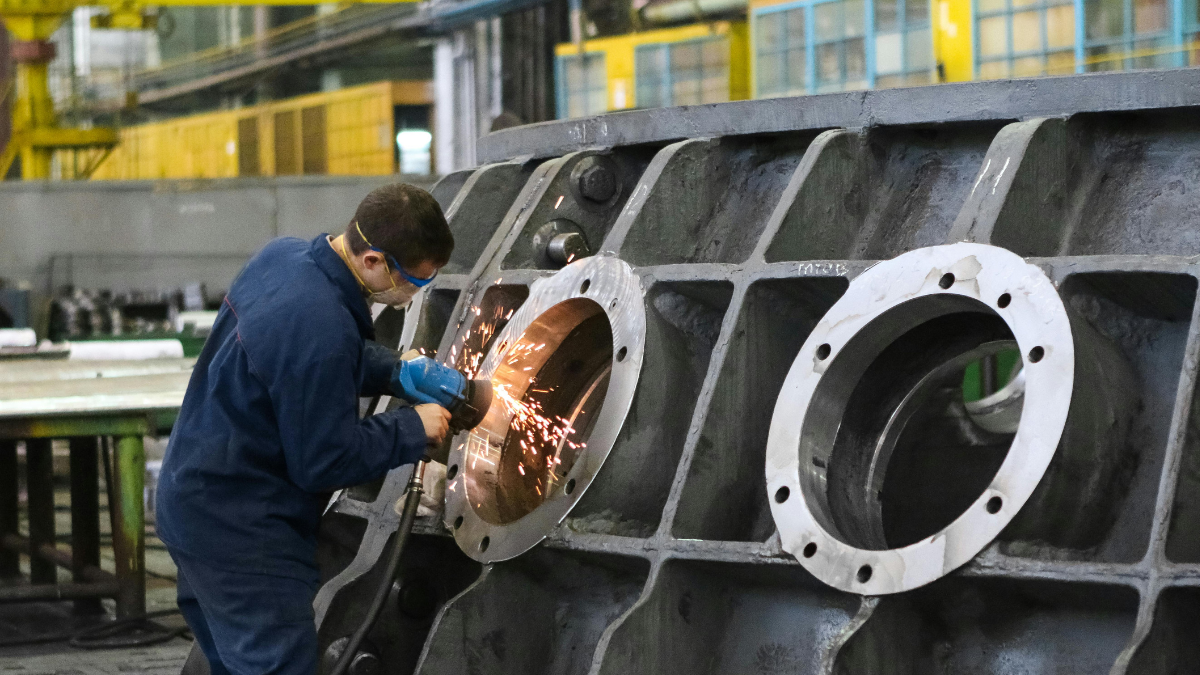Recession Deepens in the United States Manufacturing Sector, Factory Data Show
According to the most recent factory data, American manufacturing fell further into recession last month.
December saw manufacturing slow down to its slowest pace in over a decade since the outbreak of the pandemic. demand remained low and production began to weakened, according to data from the Manufacturing ISM Report On Business® The S&P Global U.S. Manufacturing PMI report.
The S&P’s manufacturing index fell to 46.2 in December from 47.7 in November, for its lowest reading since May 2020, when most of the country was in lockdown and remains unchanged from the preliminary reading.
Meanwhile, ISM’s report saw factory activity drop from 49.0 in November to 48.4 last month. A reading below 50.0 is indicative of a contraction in this sector.
Both indexes suggests that U.S. manufacturing activity declined in December for the second consecutive month, after almost 30 months of growth.
“The U.S. manufacturing sector again contracted, with the Manufacturing PMI at its lowest level since the coronavirus pandemic recovery began. With Business Survey Committee panelists reporting softening new order rates over the previous seven months, the December composite index reading reflects companies’ slowing their output,” said Timothy R. Fiore, chairman of ISM’s Manufacturing Business Survey Committee.
With activity slowing, manufacturing prices start to fall
The only positive note regarding the contraction is that manufacturing prices may finally come down, with the ISM pricing index sliding down to 39.4. Prices fell faster than November when the ISM price index stood at 43.
However, the ISM latest readings correlate with a 0.1% “decrease in real gross domestic product on an annualized basis,” Fiore.
The inflation-adjusted U.S. economy fell in the first half 2022 but recovered to a 3.2 percent annualized increase in the third quarter.
December: Contraction in the Manufacturing Sector due to Client Demand
According to the S&P, American industrial activity contracted due to an acceleration in downturns of output and new orders. Companies attributed low client demand to rising economic uncertainty and high unemployment. inflation,.
“The manufacturing sector posted a weak performance as 2022 was brought to a close,” Sian Jones is a senior economist at S&P Global Market.
“Demand for goods dwindled as domestic orders and export sales dropped. Muted demand conditions also led to downward adjustments of stock holdings, as excess inventories built earlier in the year were depleted in lieu of further spending on inputs. With the exception of the initial pandemic period, stocks of purchases fell at the steepest rate since 2009,” Jones.
Firms that were more cautious about hiring this month due to concerns over the economy’s outlook are beginning to feel the effects of these worries, she said.
Jones stated that the sector saw a slight increase in job growth over the past month, which was largely due to skilled hiring.
According to the S&P survey, the decline in activity towards the end of 2022 led to an improvement in price pressures and a moderated in output and factory input inflation. This resulted in supply chain bottlenecks falling from earlier this year.
The rate at which selling prices increased sharply was also slowing, but it did not slow down.
“Slower upticks in inflation signal the impact of Federal Reserve policy on prices, but growing uncertainty and tumbling demand suggest challenges for manufacturers will roll over into the new year,” Jones stated.
Many investors hope that the Fed will relax its aggressive approach to interest rates by taking advantage of the recent declines in manufacturing.
The central bank’s series of interest rate hikes are a prime factor behind the slowdown in the economy.
" Conservative News Daily does not always share or support the views and opinions expressed here; they are just those of the writer."






Now loading...